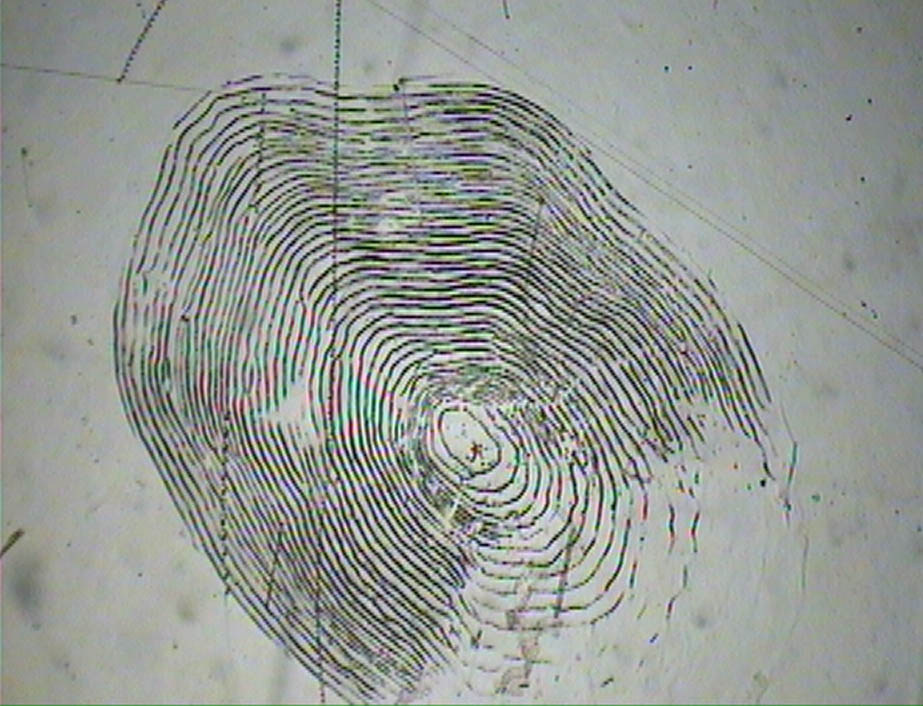Scale Reading
The life history of an individual fish – their age, size, how many years they spend in the river or out at sea, and when they have reproduced, are all of interest in freshwater fisheries management. This information can be gathered by “reading” the scales of a fish.
How does scale reading work?
Fish scales can be “read” in much the same way as growth rings in trees. As fish grow, circular rings known as Circuli are added to their scales. The space between each ring indicates the growth rate of the fish, which tends to be seasonal. In the summer, when the water is warmer and there is more food available, fish grow quicker and the growth rings become more spaced out. In the winter, when the water is cool and the fish are feeding less, growth slows and the rings become tighter. By looking at the groupings of growth rings on a scale, the number of summers and winters that the fish has lived through can be determined. Where the fish has been feeding, whether this is in different parts of the river or out at sea, can also be assessed by comparing the growth rates over different summers.
The Tweed Foundation have built up a database of scale “readings” from over 29,000 fish, dating back to the early 1990’s. This record provides a great insight into how the population structures of Salmon, Sea Trout and Brown Trout in the Tweed have changed over time. By continuing to work alongside anglers and boatmen to collect scale samples, we will continue to add to this great resource of information.
Image of scale
If you would like us to read the scales of a fish that you have caught, please see the video for guidance on how to collect a scale sample here.
